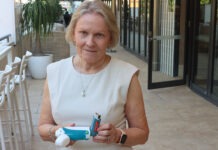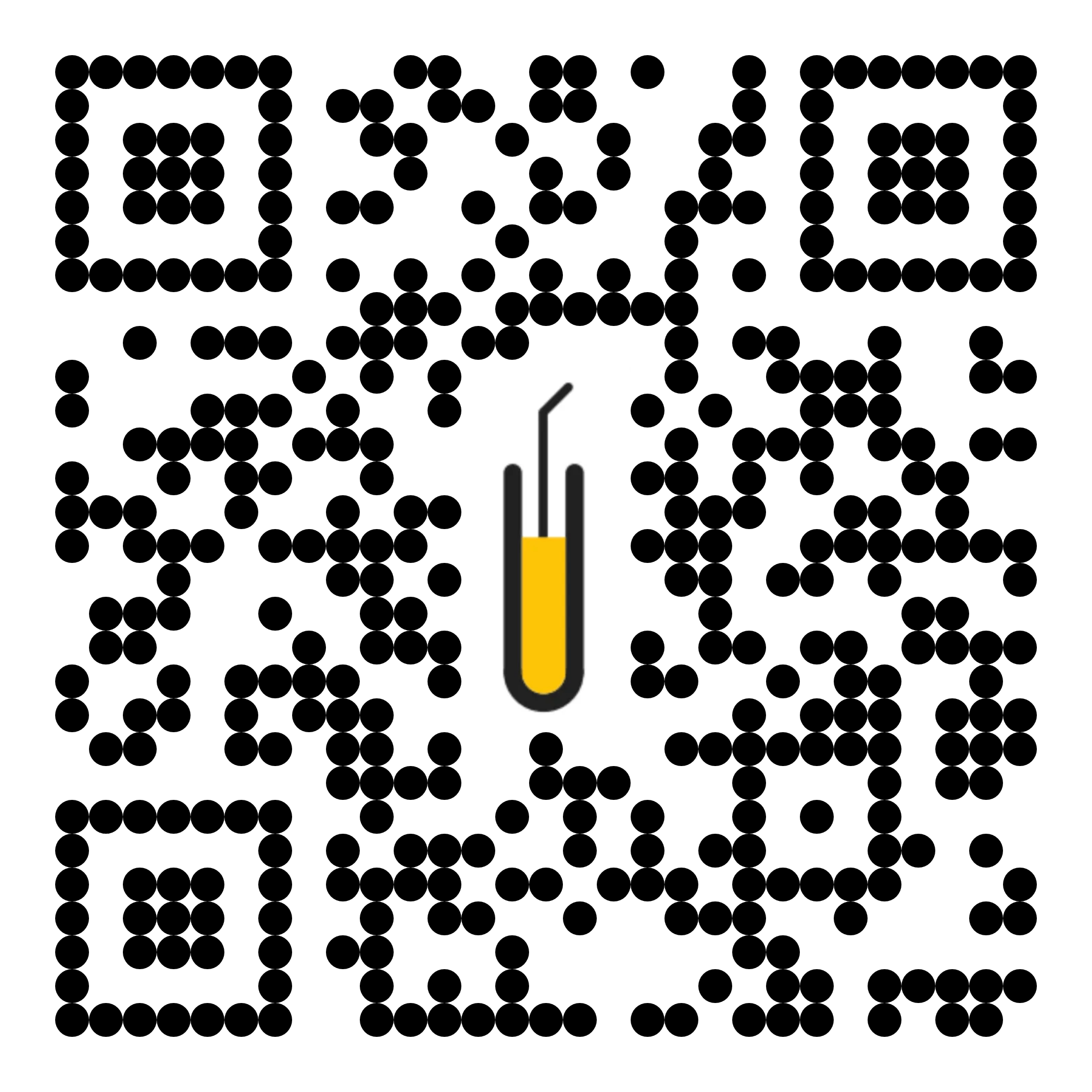As Australia’s cardiovascular disease burden grows, pharmacists have numerous opportunities to assess risk, recommend therapies, and help patients manage their heart health.
Around 1.3 million Australians aged 18 and over live with one or more conditions related to heart, stroke and vascular disease.1
While pharmacists in cardiology departments are familiar with the new Australian CVD risk calculator (AusCVDRisk) to assess lower-risk patients for primary prevention, it’s often assumed to be managed in a community setting, says Karl Winckel, Advanced Practice credentialed pharmacist and Lecturer at the School of Pharmacy, University of Queensland, and the Princess Alexandra Hospital.
‘Many of our staff assume GPs, Home Medicines Review (HMR) pharmacists and community pharmacists will do the screening for level of risk, and for consideration of statins for primary prevention,’ he says. ‘We usually target the higher risk cohort due to time limitations.’
Of those who are detected as moderate risk in a hospital setting, many tend to slip through the cracks.
‘Hospital doctors may initiate some patients on therapies, for example if their low-density lipoprotein (LDL) is above 5, they have high blood pressure and a family history of heart disease,’ says Mr Winckel.
‘While guidelines suggest lower-risk patients could benefit from a statin, hospital doctors usually leave that for the GP.’ Hospital HMR referrals have also ‘not really taken off,’ he says. ‘We generally suggest to patients that they should ask their GP for an HMR.’
To reach those who might otherwise be overlooked, pharmacists should conduct an AusCVDRisk assessment on2:
- adults aged 45–79 without known CVD
- people aged 35–79 with diabetes and no known CVD
- Aboriginal and Torres Strait Islander peoples aged 30–79 with no known CVD. Individual CVD risk factors should be assessed from ages 18–29.
Community and credentialed pharmacists should also monitor pharmacist recommendations on post-discharge medicine lists, says Mr Winckel.
‘I encourage our staff to write their thoughts on their medication list in the recommendation slot,’ he says.
‘And we tell the patient to show their medication list to their GP or HMR pharmacist, so they have access to our recommendations.’
Focus on cholesterol
In secondary prevention care, cholesterol should be the top priority for pharmacists, says Mr Winckel.
‘The cholesterol targets for secondary prevention are now moving down to LDL levels of 1.4 mmol/L or lower,’ he says. ‘And only about 10% of patients who have that target achieve it.’
Pharmacists should encourage adherence to lipid-lowering therapies and, if targets are not met, discuss dose adjustments or addition of drugs such as ezetimibe with their GP. While many cardiologists opt to wait and see how a statin performs first, most secondary prevention patients require co-therapy with ezetimibe, says Mr Winckel.
Pharmacists should therefore ensure LDL levels are monitored, and if not at target, discuss initiation of ezetimibe and consideration for PCSK9 inhibitors if PBS criteria is met. ‘This class of drugs is very effective, and some, such as inclisiran, can be administered as a 6-monthly subcutaneous injection,’ he says.
Keep blood pressure in mind
Another area pharmacists can play a ‘crucial role’ is in blood pressure (BP) measurement.
‘Many patients’ BP measurements at GP practices are erroneous, often due to the “white coat” effect,’ says Mr Winckel.
Most guidelines now recommend home BP measurements. So, talking patients through self-measurement, such as ensuring the correct size cuff and using validated machines, can lead to more accurate results.
‘Cardiologists often agree that if they can access a number of blood pressure readings done in the home, that allows for a much more careful decision around antihypertensive therapies,’ he says.
But adoption of this approach depends on the patient.
‘If a patient’s BP readings have all been borderline high in hospital and they’re on standard blood pressure therapies, the importance of home BP measurements may not be so significant,’ says Mr Winckel. ‘Whereas if a patient’s BP is high in hospital, they’re not on ACE inhibitors, and they meet lots of other CVD risk factors, such as a strong family history, smoking, and diabetes – BP monitoring and adjusting with medication becomes more important.’
To determine the right candidates, pharmacists should ‘punch their numbers’ into the CVD risk calculator.
‘After a quick phone call to their GP, you could suggest the patient measures their BP readings at home and recommend a validated machine,’ Mr Winckel advises.
‘Talk to the patient about their CVD risk over the next 5–10 years, and if they’re not on first-line therapy for blood pressure, explain that it could be considered in consultation with their GP.’
Case study 1

Angus Thompson MPS Consulting Clinical Pharmacist, Tasmania
Bert*, an 87-year-old man, has atrial fibrillation (AF), hypertension and rheumatoid arthritis. During a consultation with his GP, Bert’s self-reported regimen was not consistent with the GP’s expectations – triggering a Home Medicines Review (HMR) referral.
Bert’s referral medication list included:
- Furosemide tablets 20 mg, one daily in the morning
- Irbesartan tablets 300 mg, one daily
- Metoprolol tartrate tablets 50 mg, one twice a day
- Prednisolone tablets 5 mg half a tablet daily, (can take full tablet during a flare-up)
- Rivaroxaban tablets 15 mg, one daily.
When establishing Bert’s priorities at the start of the HMR, he asked two questions: ‘I feel fine, why do I need these medications?’ and ‘What actually is a stroke?’ This prompted an explanation of AF, the associated risk of stroke and the role of anticoagulation to reduce this risk. Bert’s wife Betty* was present throughout and took an active interest, as she, too, has AF. To support ongoing understanding, I provided a ‘Xarelto for AF’ booklet.
Based on our conversation, Bert acknowledged the importance of resuming rivaroxaban and I emphasised the importance of taking this with or soon
after food, as patients often overlook
this instruction.
Bert was also not taking metoprolol and denied palpitations. A pulse check revealed a rate of 61 bpm, irregular as expected given his AF. Given the risk of bradycardia if metoprolol was resumed, I recommended he remain off this pending his next appointments with his GP and cardiologist. His GP subsequently concurred it was not required.
Bert justified his non-adherence to irbesartan on the basis that he was feeling ‘well’, so I explained this was common for most people with hypertension but it still remains an insidious risk factor for stroke and other vascular events. Bert agreed to restart this. Nonetheless, while Bert’s blood pressure was elevated (153/73 mmHg), I felt resuming irbesartan 300 mg carried a significant risk of light-headedness, so recommended he take 150 mg daily, which was continued at his next GP appointment.
When I visited, Bert had no significant lower limb oedema and denied any symptoms suggesting pulmonary oedema. Thus, I also recommended he remain off furosemide, pending medical review.
To support ongoing compliance, I packed Bert’s multi-compartment compliance aid with his required medicines.
 Crystal Dutt, Pharmacist (Surgical rotation), Princess Alexandra Hospital, Queensland
Crystal Dutt, Pharmacist (Surgical rotation), Princess Alexandra Hospital, Queensland
In 2020, 47-year-old Mr BT*, with a complex history of peripheral vascular disease (PVD), underwent an endarterectomy to remove plaque from his iliac arteries. Mr BT smokes five cigarettes a day and has two standard drinks daily. A few years later, he was found to have more blockages and had a kissing iliac stent procedure to restore blood flow. After these procedures, he was prescribed:
- rivaroxaban 2.5 mg twice daily
- aspirin 100 mg daily
- rosuvastatin 10 mg daily.
Despite these therapies, Mr BT recently returned to the hospital with a recurrence of leg pain. A Doppler ultrasound revealed a 75% blockage with a blood clot in the previously stented iliac artery. To restore blood flow and reduce risk of a further thrombosis, he underwent a re-lining and extension of the iliac artery stents. As a still-active smoker, Mr BT carried a high risk of re-stenosis. He was also not up for more surgical procedures, so the hospital pharmacist was tasked with selecting the best medical therapy in consultation with the treating team.
The team and I together considered several options:
Low-dose anticoagulation with antiplatelet therapy – helps prevent restenosis but may lead to undertreatment.
Direct Oral Anticoagulants (DOACs) – rivaroxaban and apixaban offer predictable dosing without routine monitoring. Apixaban may have lower GI bleeding risk, while rivaroxaban’s once-daily dosing may aid adherence. However, both are more costly than warfarin due to lack of PBS subsidy for PVD.
- Warfarin – a more affordable, PBS-subsidised option but requires regular international normalised ratio monitoring and has a narrow therapeutic window. Some warfarin care programs have high initial costs.
- Dual Antiplatelet Therapy (DAPT) – common post-revascularisation, though optimal duration is uncertain; bleeding risk is similar to oral anticoagulant monotherapy.
- Lipid-lowering therapy – Consideration of increasing statin dose, adding ezetimibe, or both.
- Smoking cessation – Mr BT is in the precontemplation phase. Nicotine replacement therapy (NRT) alone was ineffective, so combination NRT (inhaler + double patches) and alternative options such as varenicline were discussed.
- Aspirin use – Emerging evidence3 suggests aspirin offers no additional benefit when combined with full-dose DOACs beyond 12 months post-ACS. Clinical practice is shifting towards deprescribing aspirin in such cases to reduce bleeding risk. Low-dose aspirin significantly increases GI bleeding risk, particularly in smokers.
After thorough discussions with the team and Mr BT, the rivaroxaban dose was increased to 20 mg daily, while continuing with aspirin 100 mg for at least the next 3–6 months. Rivaroxaban was chosen because adherence was a concern and the cost of generic rivaroxaban was less than apixaban, which is still on patent.
Additionally, the cost and inconvenience of setting up warfarin care meant Mr BT preferred to pay for non-PBS rivaroxaban. His rosuvastatin dose was also increased to 40 mg daily, and he was strongly advised to quit smoking with referral to Quitline and his community pharmacist to consider NRT or nicotine vapes (if refusing NRT). Following the 3–6-month period, the medical team plans to review Mr BT’s condition and transition him to lifelong DAPT.
Is it still ok to say ‘heart attack’?
If the shoe fits, says Mr Winckel. When discussing CVD risk with patients, seek out the language they use first.
‘Many patients will know the medical terminology, and we mirror that so they know we’re talking about the same things,’ he says.
‘But we often use simple terms such as “heart attack”, “blockage of blood vessels” or “fatty build up in the arteries”.’
Most patients understand the term “cholesterol”, which is helpful for looking at the amount of cholesterol in food.’
Humanising facts and figures is also advisable, particularly when discussing potential initiation of therapy.
‘We talk about the number of patients who would need to be on a medication to prevent a heart attack, rather than talking about percentage reductions,’ says Mr Winckel. ‘People understand better when you say “for every 20 patients who take this, one heart attack will be prevented”.’















